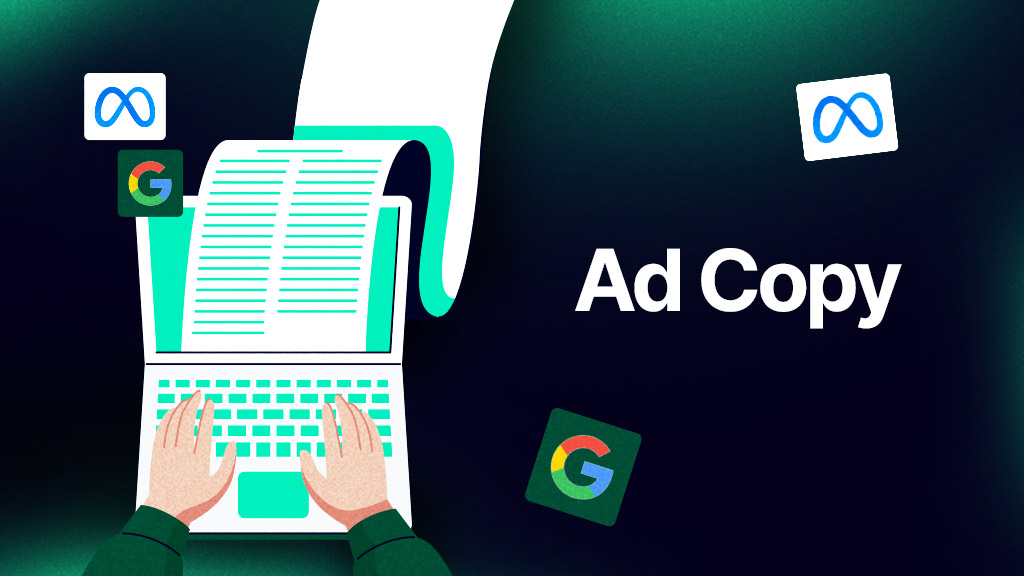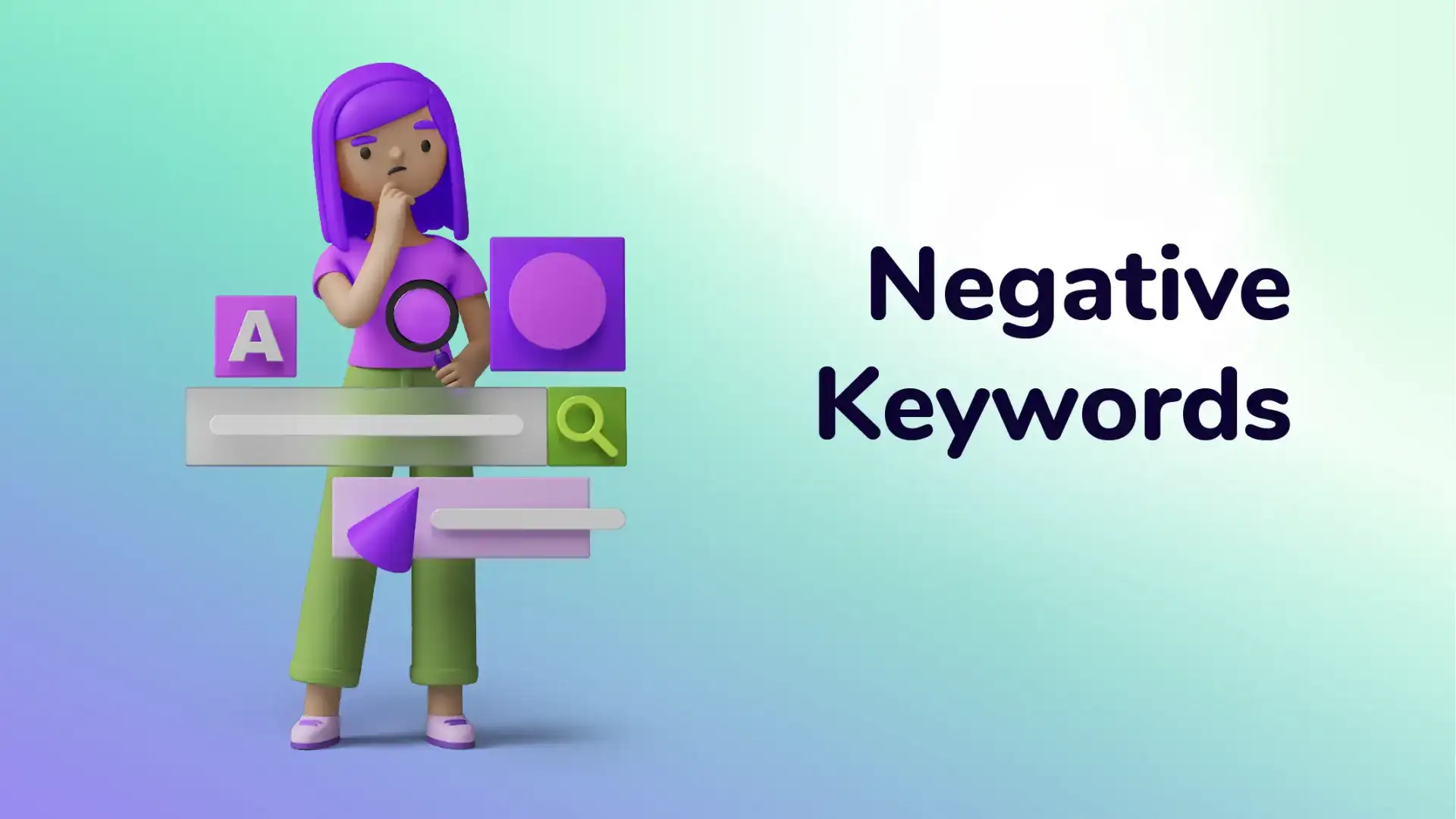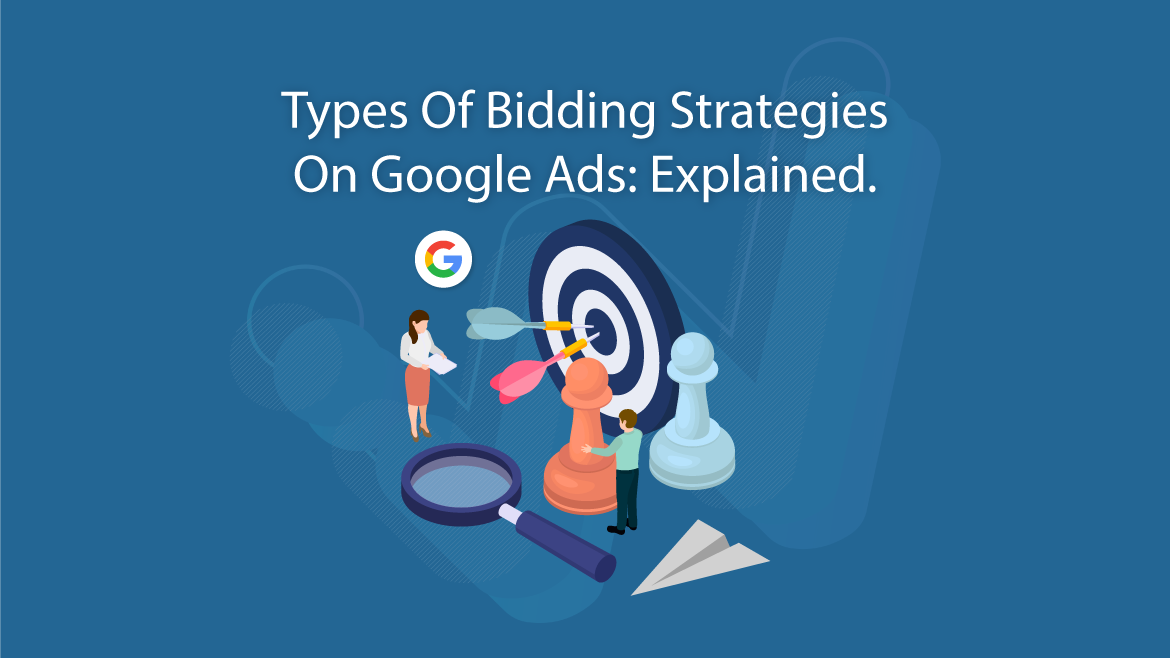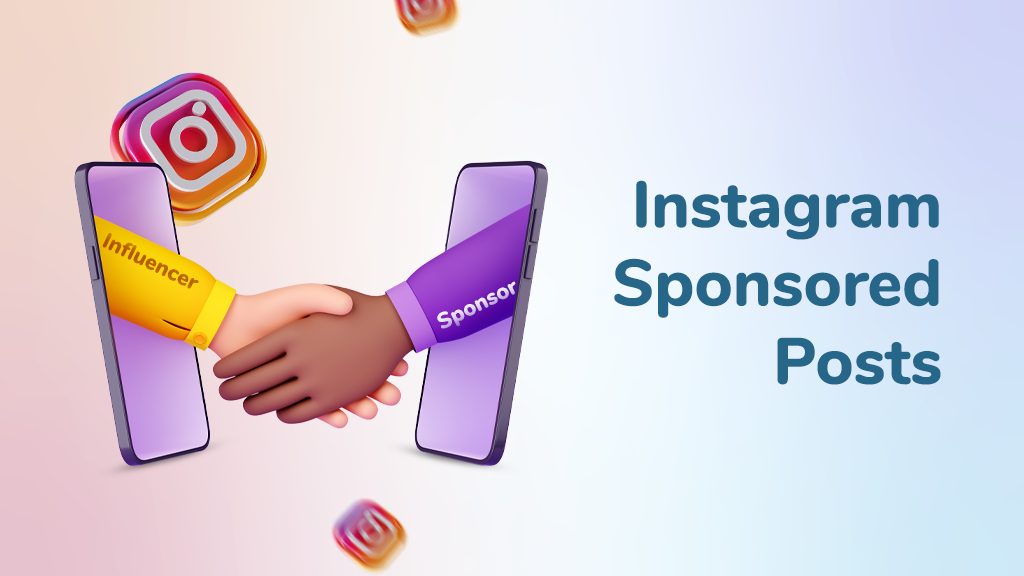Ad Copy

Table of Contents
Creating engaging ad copy is the key to standing out and achieving results in the competitive advertising world, where attention spans are short and competition is intense. From Google Ads to Facebook campaigns, the language you use in your advertisements can make all the difference in grabbing attention, generating interest, and eventually converting viewers into customers.
In this blog, we’ll walk you through the basics of ad copywriting, providing insights into its definition, how to create it effectively, and showcasing outstanding examples across various platforms.
Whether you’re a seasoned marketer looking for fresh inspiration or a newcomer eager to learn, this blog will provide the knowledge and inspiration you need to take your ad copy game to the next level and optimize ad campaigns.
What Is Ad Copy?
Ad copy, also known as advertising copy, is the key component of marketing strategies used by businesses to convert potential leads into loyal customers. It serves as the brand’s voice, conveying important messages and motivating potential customers to take action.
Essentially, ad copy replaces the in-person interactions in traditional salesmanship by outlining a product’s or service’s advantages while addressing any concerns or objections a potential customer may have.
Creating ad copy effectively requires a combination of strategic thinking, creativity, and knowledge of customer psychology. Here are some techniques that skilled copywriters use to create powerful messages:
- Compliments: Ad copy can position potential customers as smart decision-makers by expressing admiration or gratitude for considering the product or service. This strategy aims to give customers a greater sense of approval and improve their view of the value of the offer.
- Cost Savings: This strategy is often used to highlight the economic advantages of investing in a product or service. By highlighting potential long-term cost savings or return on investment, marketers appeal to the practical instincts of budget-conscious consumers and build confidence in the value proposition.
- Influencer Endorsements: Using endorsements from reputable influencers or industry experts can improve brand credibility and appeal, particularly among target demographics who value the opinions and recommendations of trusted authorities. Influencer ad copy lends authenticity and social proof to the brand’s messaging.
- Testimonials: Incorporating testimonials or reviews from satisfied customers in your ad copy provides social proof of the product or service’s efficiency and reliability. Verified user endorsements help eliminate doubts and encourage potential buyers by verifying the brand’s claims.
- Scarcity: To get customers to act quickly and take the opportunity, it can be helpful to create a sense of scarcity by highlighting limited stock availability or time-bound offers. Scarcity strategies take advantage of people’s fear of missing out and create a sense of urgency, making them want to grab the deal before it’s gone.
- Free Trials: Offering free trials or samples in your ad copy allows consumers to try the product or service firsthand, lowering perceived risk and building brand trust. This strategy increases trial usage and gives customers a chance to assess the offering’s advantages before deciding to make a purchase.
Effective ad copywriting involves a strategic combination of persuasion, authenticity, and relevance, tailored to engage target audiences and achieve desired outcomes. Marketers can create an engaging copy that connects with customers, encourages action, and helps the brand’s marketing efforts succeed by carefully implementing these strategies.
How to Write Ad Copy?

Writing a good ad copy requires a strategic approach and a deep understanding of the target audience. Here are some key steps to guide you through the process of writing effective ad copy:
- Understand Your Audience: The first step in writing ad copy is to understand who you’re writing for. Conduct market research to identify your target demographic’s needs, preferences, and pain points. Make sure your messaging speaks to their interests and motivations.
- Define Your Goal: Whether your ad campaign’s objective is to drive sales, build brand awareness, or promote the new product launch, defining it will help you write ad copy that is both clear and concise.
- Highlight Benefits, Not Features: Rather than just listing the features of your product or service, concentrate on conveying its benefits. Explain how your offering solves a problem or meets a need for your audience, emphasizing the value it provides.
- Create an Attention-Grabbing Headline: Your headline is the first thing your audience will see, so make it attention-grabbing and memorable. To get readers’ interest and persuade them to keep reading, use strong language, evoke emotion, or ask a question.
- Keep it Simple: Because people’s attention spans are short in today’s fast-paced world, keep your ad copy brief and direct, delivering your message clearly and concisely without irrelevant details. Each word should have a purpose and add to the overall impact of the message.
- Use Persuasive Language: To encourage action, use persuasive language such as scarcity, social proof, and urgency. Highlight limited-time offers, customer testimonials, or exclusive benefits to create a sense of FOMO (fear of missing out) and encourage immediate action.
- Include a Strong Call-to-Action (CTA): Clearly state the next step you want your audience to take, whether it’s making a purchase, signing up for a newsletter, or visiting your website. Use actionable language and make it easy for the audience to follow through.
- Test and Repeat: Experience different copy variations and formats. A/B testing allows you to compare the performance of different ad copies and improve your approach based on real-world data. To get the most out of your ad copy, keep an eye on metrics like click-through rates, conversion rates, and engagement levels.
By following these steps and incorporating these best practices, you can write ad copy that speaks to your target audience, grabs attention, and encourages meaningful action. To create messages that stand out from the competition and get results, writing an effective ad copy requires a combination of creativity, empathy, and data-driven insights.
Write Google Ad Copy
Writing effective Google Ads copy is important for capturing the attention of users searching for specific keywords. Here are some essential tips for writing effective Google ad copy:
- Keyword Relevance: Choose relevant keywords aligned with user search intent and incorporate them into your copy.
- Unique Selling Proposition (USP): Highlight what makes your product or service unique to get clicks.
- Clear Call-to-Action (CTA): Provide an enticing CTA directing users to take action, such as making a purchase or signing up.
- Conciseness: Keep your ad copy concise and focused to effectively communicate your message within limited character counts.
- Relevance to Landing Page: Ensure alignment between your ad copy and landing page content for a seamless user experience.
- Use Ad Extensions: Take advantage of ad extensions to provide additional information and improve ad visibility.
Write Facebook Ad Copy
Creating attractive Facebook ad copy requires a careful approach to engage users scrolling through their feeds. Here are key strategies to help you write effective Facebook ad copy:
- Personalization: Tailor your messaging to match the interests and demographics of your target audience.
- Visual Appeal: Use eye-catching visuals or videos to improve your ad copy and grab users’ attention.
- Conciseness: Keep your ad copy concise and focused, highlighting the most attractive features of your product or service.
- Emotional Appeal: Create ad copy that speaks emotionally to your audience to create a strong connection.
- Clear Call-to-Action (CTA): Use a straightforward CTA asking users to take action, such as visiting your website or making a purchase.
- A/B Testing: Monitor ad copy performance and test different ad copy variations to optimize performance and optimize results.
As we go through how to write effective ad copy for Google and Facebook, let’s continue with some examples that can give you an idea for your ads.
Ad Copy Examples

Successful marketing campaigns are built on strong ad copy that motivates consumers to act. Here are some examples of ad copy showing different approaches and techniques across various advertising platforms:
Facebook Ad Copy Examples
Facebook advertising provides a unique opportunity for brands to connect with their target audience. Let’s explore specific examples of ad copy used in Facebook Ads.
- Brand: Airbnb
Ad Copy: “Discover Unique Stays & Experiences. Book Your Next Adventure Today!”
Airbnb’s ad taps into the desire for travel adventures and invites users to explore unique accommodations with a clear call-to-action.
- Brand: IKEA
Ad Copy: “Transform Your Space with Our Stylish Furniture. Shop Now for Exclusive Deals!”
To increase user engagement and conversions, IKEA highlights the transformative power of its furniture along with exclusive deals.
Instagram Ad Copy Examples
Instagram’s visually-driven platform offers brands an ideal space to showcase their products and services. Here, there are some examples of ad copy used in Instagram advertisements to understand how brands effectively communicate their messages in this visually appealing environment.
- Brand: Starbucks
Ad Copy: “Sip into Something Cozy. Try Our New Seasonal Drinks Today!”
Starbucks creates a cozy atmosphere with its seasonal drinks, inviting users to enjoy a warm beverage experience.
- Brand: Adidas
Ad Copy: “Unlock Your Potential with Our Latest Athletic Gear. Elevate Your Workouts Today!”
Adidas motivates users to reach their potential with their athletic gear, encouraging them to improve their workouts and performance.
Google Search Ad Copy Examples
Google search ads allow brands to reach users actively searching for relevant products or services. Here are some examples of advertising copy used in Google search advertisements to understand the strategies to create concise and persuasive messages that drive clicks and conversions.
- Brand: Nike
Ad Copy: “Just Do It. Shop the Latest Nike Collection Now!”
Nike’s iconic slogan encourages action, coupled with a direct call-to-action to shop their latest collection, driving user engagement.
- Brand: Amazon
Ad Copy: “Find Everything You Need on Amazon. Explore Millions of Products Today!”
Amazon emphasizes convenience and variety, inviting users to explore their vast selection of products with a simple call-to-action.
To sum up, effective ad copy is an important component of successful advertising campaigns. By understanding the principles of ad copywriting and analyzing top examples, you can improve your own marketing efforts and drive meaningful results for your business.
How is Ad Copy Used?
Ad copy serves as a persuasive tool in advertising that is used across channels like search engines and social media. Its purpose is to give messages, highlight benefits, and encourage users to take action, such as making a purchase or signing up.
Why is Ad Copy Important?
Ad copy is essential in advertising because it serves as the primary way of communication between businesses and their target audience. It helps convey key messages, highlight product or service benefits, and persuade users to take desired actions. Effective ad copy can significantly impact the success of marketing campaigns by attracting attention, building interest, and finally driving conversions.
What are the best practices for writing Google Ads?
For Google Ads, it’s important to focus on relevance, with ad copy directly related to targeted keywords. Attractive headlines should be clear and concise, grabbing attention effectively. Highlight unique selling points to differentiate from competitors’ ad copy and include a clear call-to-action prompting user action.
Use ad extensions for additional information and test different variations continuously for optimization. Ensure alignment between ad copy and landing page content for a cohesive experience, and use formatting techniques for readability and impact.





Thanks again for the blog article. Really Great.
Thanks Julio!